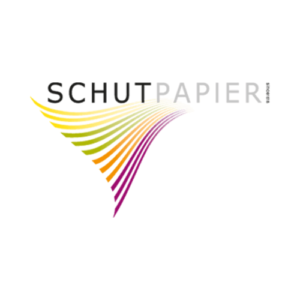This project investigates how inline sensors can help improving product quality and efficiency in 5 industrial cases, using a large consortium of end users, technology suppliers. Together with suppliers of inline moisture sensors and experts the possibilities were investigated to get a GRIP on each drying process. Objective is the application of innovative (sensor) technology that meets the specific innovation needs of the company for drying technology.
In short:
- GRIP aims to learn how inline sensors can improve product quality
- But with wireless technology new risks are being introduced
- So incorporating the human factor is essential when it comes to open innovation
Lower costs for wireless measuring systems
In an industry 4.0 inline sensors will be implemented more and more. Wiring and creating connection to the process control is very expensive. Costs of wireless measuring systems are much lower and can offer more flexibility.
However, with wireless technology new interdependencies and risks are being introduced. As a result of risk analyses recommendations are made for a good mitigation of risks in order to manage the risks there are.
Smart strategy to develop a learning community
One of the results of the GRIP on drying project is that there is a need for smart strategies to develop Learning Communities. Learning Communities are an important link to building and spreading knowledge through education, life long learning and other channels. Learning Communities are stronger when they are supported by an online community.
The success of a Learning Community depends on the objectives of the organisation and participants. Reflection on motivation, objectives and involvement of the participants is recommended. Also to set an objective during a certain period for drawing up of a white paper, a presentation, or a training (Marcelis, 2002).
Also intersting to read
The Topsectors introduced Life Long Learning & Development as a result of the Human Capital road map. It it a great instrument for The Netherlands to stay front runner in the field of knowledge and innovation.
Find more information in our article Experts choose interaction as preferred way of learning.

Incorporating the human factor is essential when it comes to open innovation. As a result ISPT introduced Learning Communities as an instrument to stimulate and facilitate knowledge exchange between practitioners, increase interaction among stakeholders, and strengthen collaborations.
For the GRIP project 2 workshops were organised for the Learning Community of Drying experts. A workshop regarding energy savings during thin film drying and a workshop regarding drying technology and heat pumps in drying processes. During this latter workshop the results of our project VERA were investigated regarding the opportunities for heat pumps in the Dutch industry.
Cyber Security
The digitization introduces a new vulnerability, for this reason the program televulnerability of Agentschap Telecom joined the consortium. Their booklet ‘Vijfstappenplan’ (Five step strategy) that was developed within the GRIP on drying project, is creating awareness, and how to assess dependencies and execute risk management.
Read more
The results are published in our article Raising awareness about telecom vulnerabilities and more extensive information can be found in the whitepaper Five Steps to Resilience.
You might also be interested in
Acknowledgement & partners
This project is co-funded by TKI-E&I with the supplementary grant 'TKI- Toeslag' for Topconsortia for Knowledge and Innovation (TKI’s) of the Ministry of Economic Affairs and Climate Policy.













